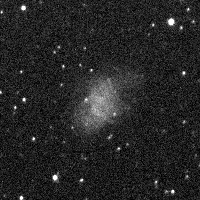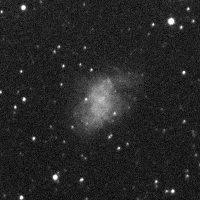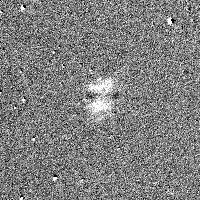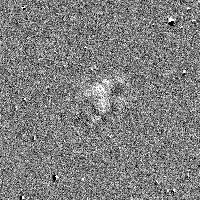

Polarization of Crab nebular
Images in this page are displayed by Internet Explore correctly.
Your display size may be desired more than 800 x 600.
I introduce polarization of crab nebula here.
One of the unique characteristics of photons is the polarization. Light is the electro-magnetic wave and flies with changing its field. Let's look at the electric
field, which has Ex ( x-component ) and Ey ( y-component ). Those components are variable, and we say that it is polarized when we observed some
characteristics phenomena. However, it is not easy to understand it, so let's see an example.
We have seen reflection from windows in the mall or some shops. Especially, when we see that with 57 degree approximately, the reflection light is completely
polarized, which is called Brewster angle. Therefore, we can remove the reflection light with the polarizer, which makes some light go through. Let's take a
look at those pictures. The left picture was taken without the polarizer, so we see the reflection image on the window. However, the right picture does not have
the reflection image because it was taken with polarizer with 90 degree against the window.


Left : Without polarizer , Right : With polarizer
Some celestial objects are polarized. One of them is crab nebula, which is M1 or NGC 1952. I took the images with the polarizer like the previous example.
Those images were taken with 0, 45, 90, 135 degree rotations. The bottom animation is a composite of them. It is easy to recognize the variation of intensity
distribution with depending upon the rotation of polarizer.


Let's discuss more detail.
We have Stokes parameters, which is set like this,
I0 : Image with 0 degree rotation of the polarizer
I45 : Image with 45 degree rotation of the polarizer
I90 : Image with 90 degree rotation of the polarizer
I135 : Image with15 0 degree rotation of the polarizer
then, let's take I , Q, and U according to
I = ( I0 + I45 + I90 + I135 )/2.0
Q = I0 - I90
U = I45 - I135
' I ' is equal to the intensity image without the polarizer.




